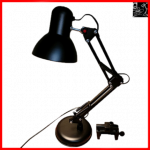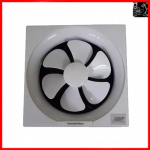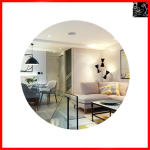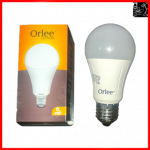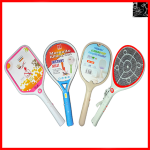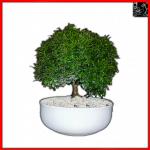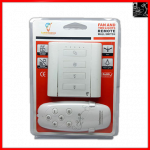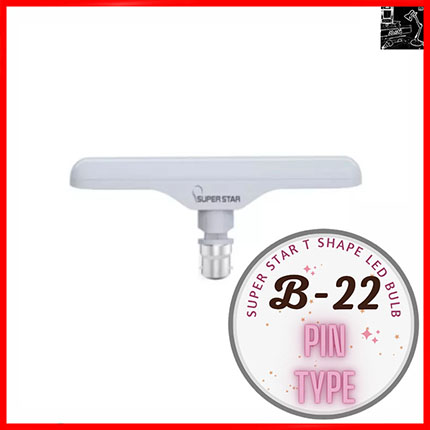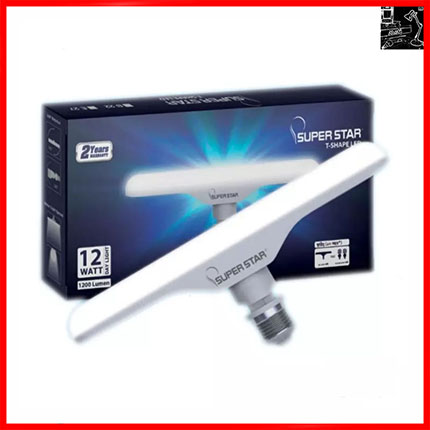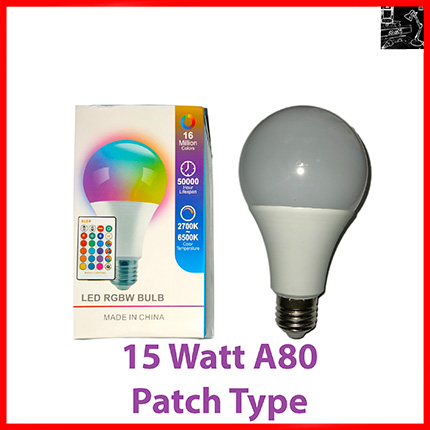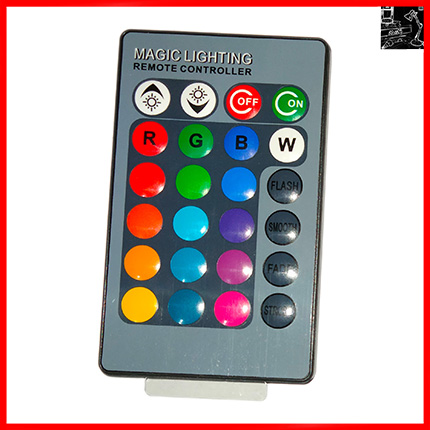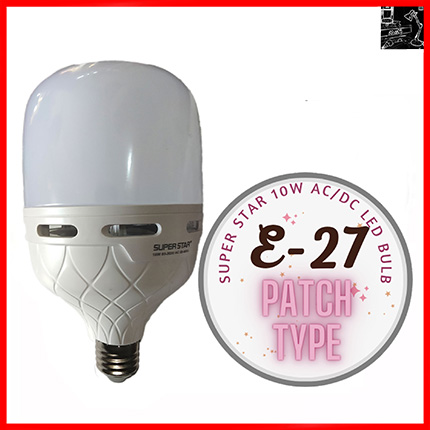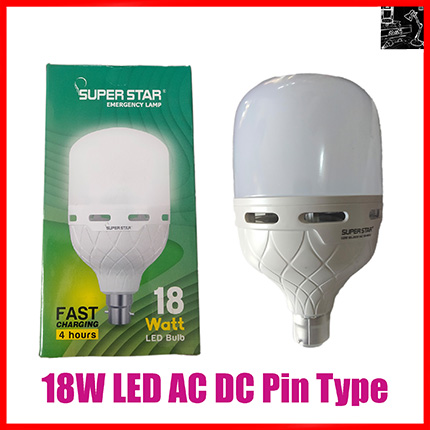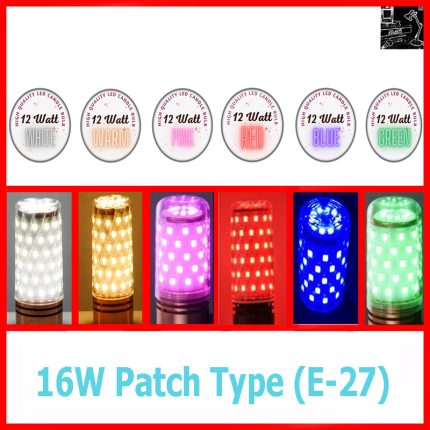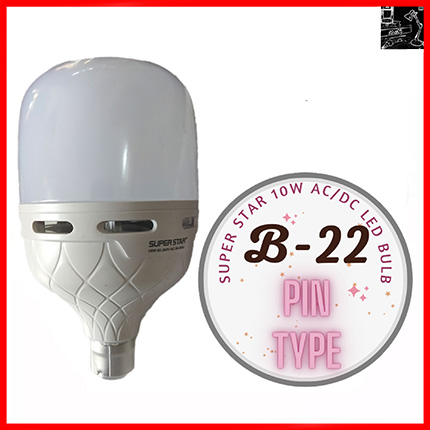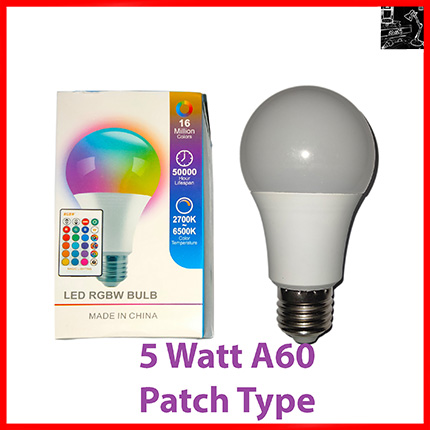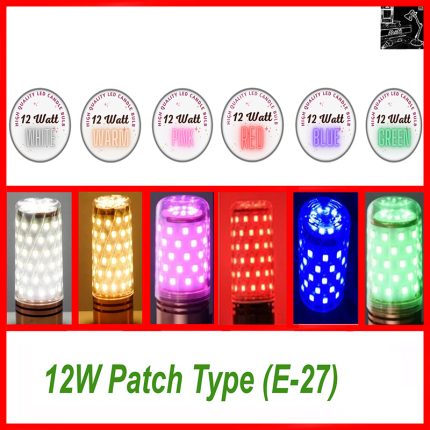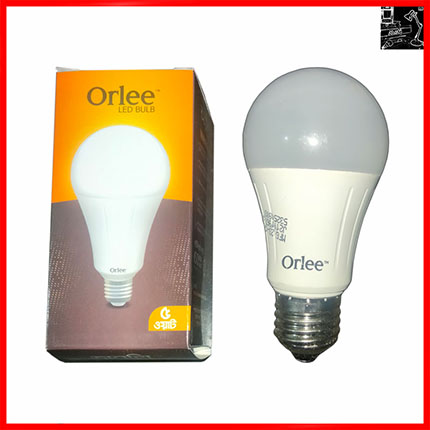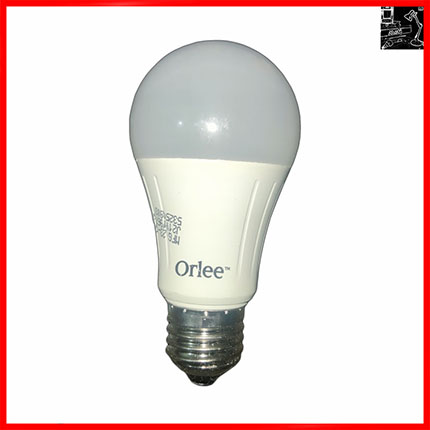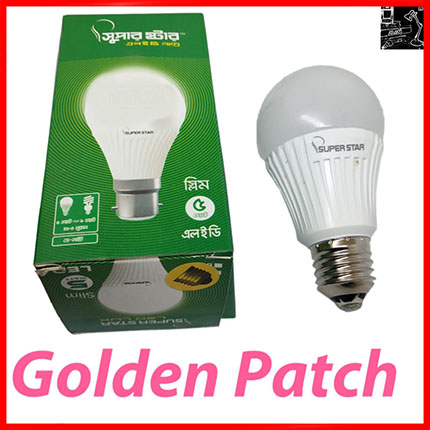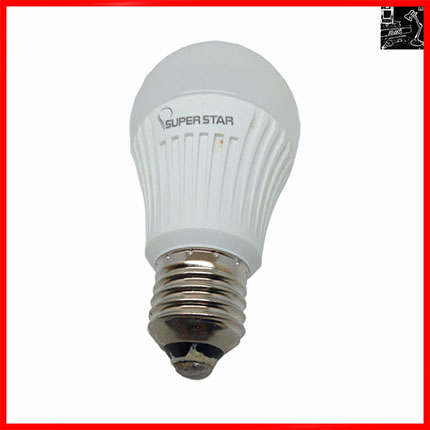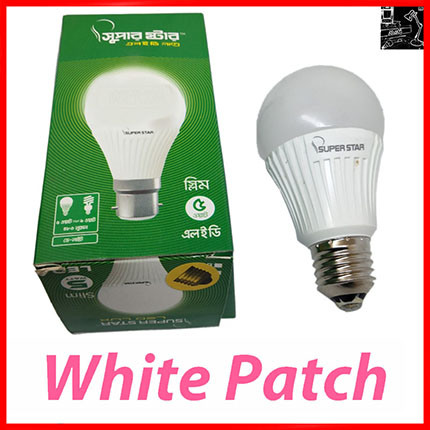Lighting
A bulb is a device that produces lighting by converting electrical energy into light energy. There are different types of bulbs available, including incandescent bulbs, fluorescent bulbs, compact fluorescent bulbs (CFL), and light-emitting diode bulbs (LED).
Incandescent bulbs: These traditional bulbs work by passing an electric current through a filament, which becomes hot and emits light. However, incandescent bulbs are not energy-efficient and have been phased out in many countries due to their high energy consumption.
Fluorescent bulbs: Fluorescent bulbs use an electric current to excite mercury vapor, which produces ultraviolet light. This light then interacts with a phosphor coating inside the bulb, converting it into visible light. Fluorescent bulbs are more energy-efficient than incandescent bulbs and have a longer lifespan.
Compact fluorescent bulbs (CFL): CFL are a smaller version of fluorescent bulbs. They provide similar energy efficiency and longer lifespan, but in a more compact size. CFL are known for their spiral or folded tube shape and are commonly used as energy-saving alternatives to incandescent bulbs.
Light-emitting diode bulbs (LED): LED are the most energy-efficient and long-lasting type of bulb available. They use a semiconductor to emit light when an electric current passes through it. LED are highly durable, produce very little heat, and come in a variety of colors and styles. They are commonly used for both residential and commercial lighting.
Benefits of using energy-efficient bulbs (CFL and LED) include reduced energy consumption, lower electricity bills, longer lifespan, and reduced environmental impact. Additionally, LED bulbs are more durable and can be more versatile in terms of color options and smart features.
When choosing a bulb, it’s important to consider factors such as the desired brightness, color temperature, bulb shape and size, compatibility with fixtures, and the specific lighting needs for a particular space or application.

